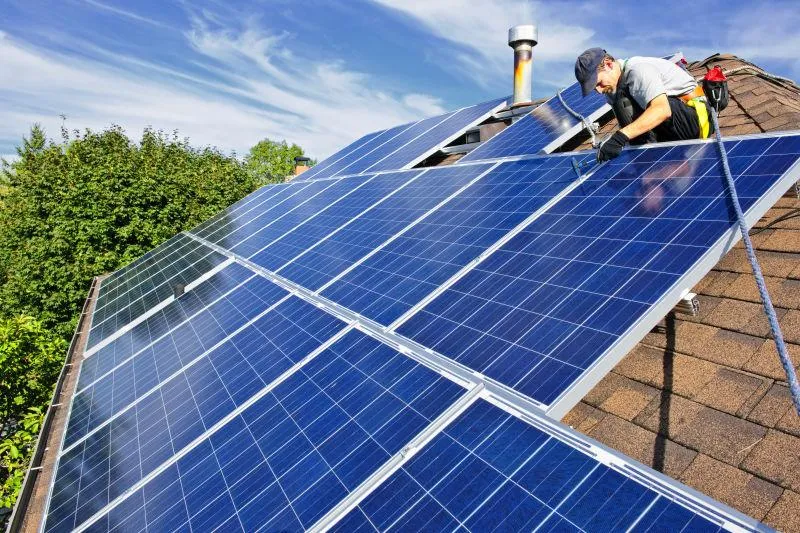efficiency of solar panels in winter
The Efficiency of Solar Panels in Winter
When considering the use of solar energy as a renewable resource, many people often wonder how the efficiency of solar panels is affected by winter weather conditions. The perception that cold temperatures and shorter daylight hours might lead to significantly reduced solar panel efficiency is common. However, a deeper look into how solar panels operate in winter reveals that while challenges exist, there are also benefits that can enhance their performance.
Understanding Solar Panel Efficiency
Solar panels convert sunlight into electricity through the photovoltaic effect. The efficiency of this conversion is influenced by several factors, including temperature, the angle of sunlight, and the presence of snow or other weather conditions. One of the critical points to understand is that solar panels can actually perform better in cooler temperatures than in extreme heat. This is due to the properties of semiconductor materials used in solar cells, where reduced heat can lead to lower resistance and higher voltage output. Thus, cold winter days can sometimes produce power levels comparable to or even exceeding those of sunny summer days.
Impact of Snow
Snow can present both challenges and advantages for solar panel systems. On one hand, a heavy snowfall can cover solar panels, obstructing sunlight and temporarily reducing their ability to generate electricity. On the other hand, the effect of snow can be beneficial. Most solar panels are designed with a smooth surface, allowing snow to slide off easily, especially when the panels are angled at the right degree. Furthermore, freshly fallen snow can act as a reflective surface, bouncing sunlight back onto the panels and enhancing their productivity. This phenomenon, combined with the often brighter skies of winter due to reduced humidity and atmospheric particles, can contribute to better solar performance on clear, cold days.
efficiency of solar panels in winter

Daylight Hours and Orientation
One of the significant challenges of winter is the reduction in daylight hours. In many regions, the sun’s path in winter is lower in the sky, resulting in shorter periods of direct sunlight exposure. Solar panel efficiency can also be affected by geographical location; areas further north may have notably less sunlight in winter months. However, proper system design and orientation can mitigate these difficulties. By positioning solar panels to maximize their exposure to the sun during these months—angled southward in the Northern Hemisphere, for example—homeowners and businesses can optimize their energy generation even on the shortest days of the year.
Technological Advancements
The efficiency of solar panels has seen remarkable improvements over the years, and these advancements have significant implications for winter performance. Modern solar panels, including monocrystalline and bifacial designs, are engineered for higher efficiency rates and better performance across various conditions. Innovations such as anti-reflective coatings can maximize light absorption, while integrated heating elements can help melt snow and ice accumulation. These technological enhancements mean that solar energy systems are becoming increasingly resilient to winter conditions.
Conclusion
In conclusion, while there are indeed challenges related to the efficiency of solar panels in winter, there are also several factors that can help maintain and even enhance their performance during the colder months. With technological advancements and proper planning and installation techniques, solar energy systems can still provide valuable power throughout the winter, capitalizing on the benefits of cooler temperatures and even reflective snow. As we continue to seek sustainable energy solutions, understanding and maximizing the potential of solar technology during winter months will play a crucial role in transitioning to a renewable energy future. The key takeaway is that solar panels, despite the cold, can still shine bright in winter.
-
Unlocking Energy Freedom with the Off Grid Solar InverterNewsJun.06,2025
-
Unlock More Solar Power with a High-Efficiency Bifacial Solar PanelNewsJun.06,2025
-
Power Your Future with High-Efficiency Monocrystalline Solar PanelsNewsJun.06,2025
-
Next-Gen Solar Power Starts with Micro Solar InvertersNewsJun.06,2025
-
Harnessing Peak Efficiency with the On Grid Solar InverterNewsJun.06,2025
-
Discover Unmatched Efficiency with the Latest String Solar InverterNewsJun.06,2025







